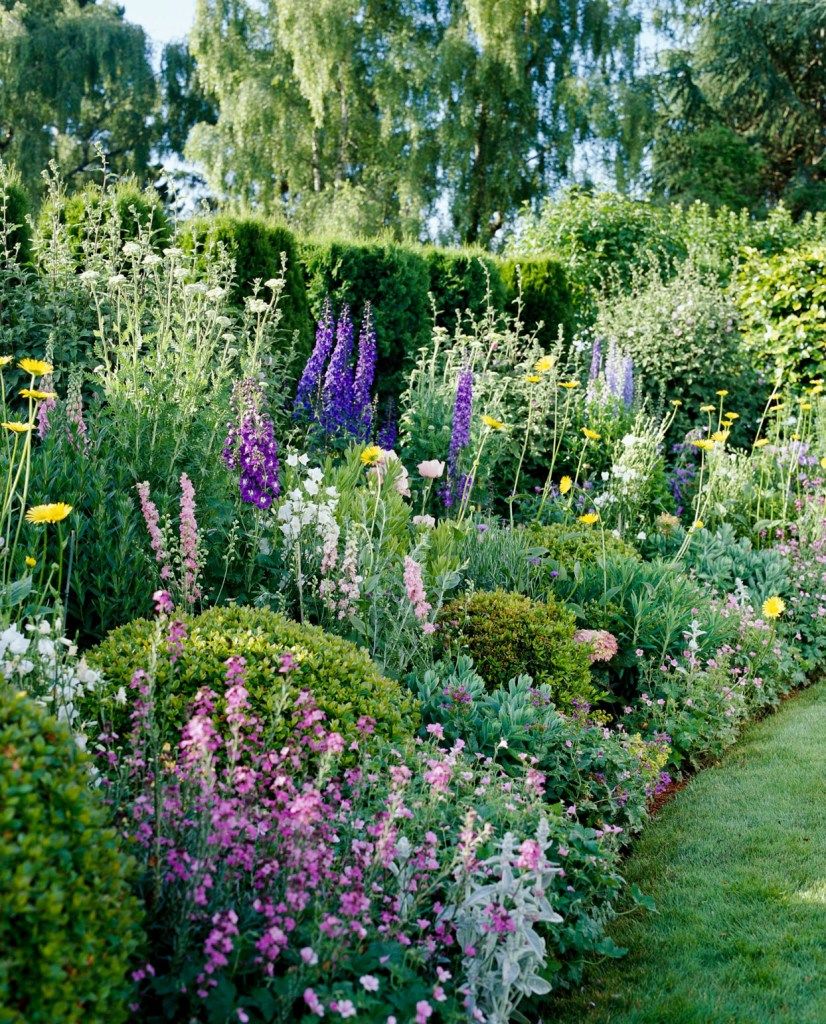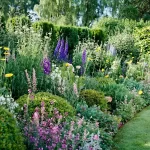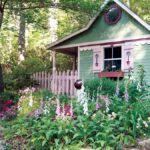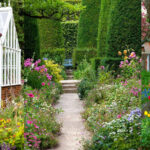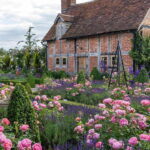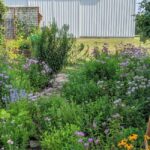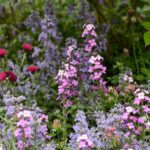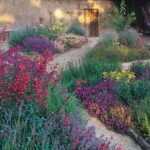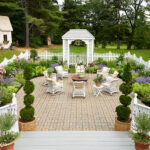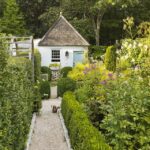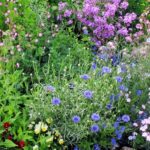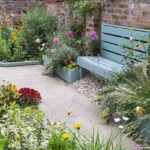Cottage gardens are a classic and timeless style of gardening that never fails to charm and delight. Originating in England during the 16th century, cottage gardens were typically cultivated by peasants and small landowners to provide food, herbs, and flowers for their families. Today, cottage gardens are a popular choice for homeowners looking to create a relaxed and informal outdoor space bursting with color and fragrance.
One of the defining features of a cottage garden is its whimsical and romantic look, characterized by a profusion of flowers, herbs, and shrubs arranged in a seemingly haphazard manner. Traditional cottage garden plants include roses, lavender, foxgloves, delphiniums, and poppies, all of which add a touch of old-world charm to the garden. These plants are often grown in mixed borders or beds, creating a riot of color and texture that attracts bees, butterflies, and other pollinators.
A key aspect of cottage garden design is the use of informal pathways, rustic fences, and trellises to create a sense of whimsy and nostalgia. Gravel paths meander through the garden, inviting visitors to explore and discover hidden corners and surprises along the way. Old-fashioned picket fences and arbors covered in climbing roses or jasmine add structure and vertical interest to the garden, while creating a sense of enclosure and privacy.
Cottage gardens are also known for their emphasis on sustainability and biodiversity. Many cottage gardeners choose to grow heirloom varieties of plants that have been passed down through generations for their unique flavors and characteristics. They often incorporate organic gardening practices, such as composting and mulching, to enrich the soil and encourage healthy plant growth. Additionally, cottage gardens are typically designed to attract beneficial insects and wildlife, creating a balanced and self-sustaining ecosystem.
Despite their romantic and informal appearance, cottage gardens require careful planning and maintenance to thrive. Regular deadheading, pruning, and weeding are essential to keep the garden looking its best and prevent the spread of pests and diseases. It’s important to choose plants that are well-suited to the local climate and soil conditions, and to provide adequate sunlight, water, and nutrients for optimal growth. With proper care and attention, a cottage garden can flourish and bloom year after year, filling the air with the sights and scents of a bygone era.
In conclusion, cottage gardens are a delightful and enchanting style of gardening that appeals to gardeners of all ages and skill levels. Whether you’re a novice gardener looking to create a cozy retreat or a seasoned green thumb seeking a new challenge, a cottage garden offers endless possibilities for creativity and expression. With its mix of colorful flowers, fragrant herbs, and rustic charm, a cottage garden is sure to bring joy and beauty to any outdoor space.
